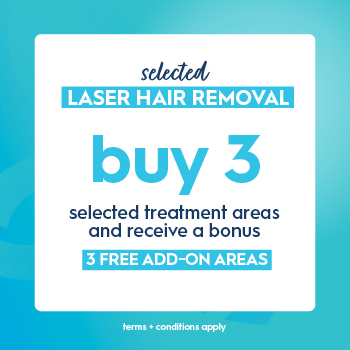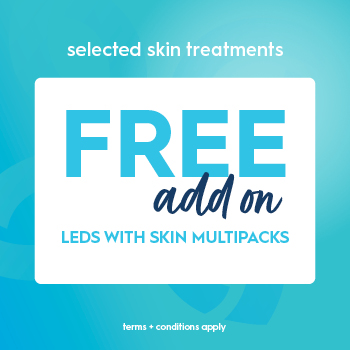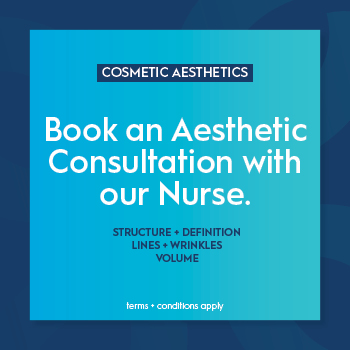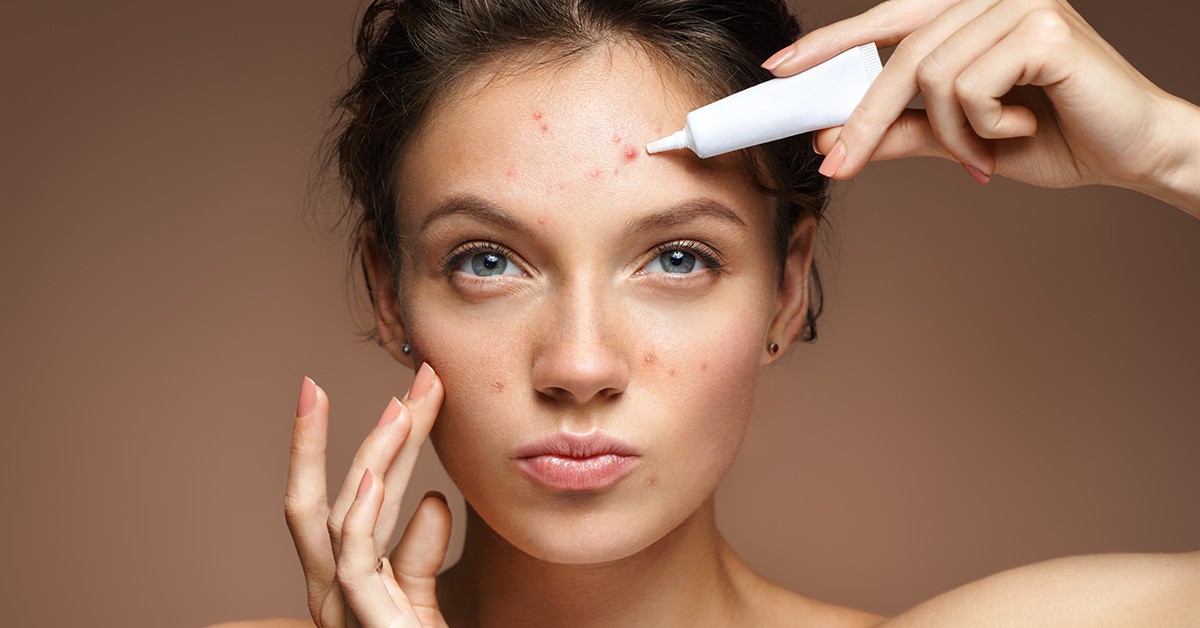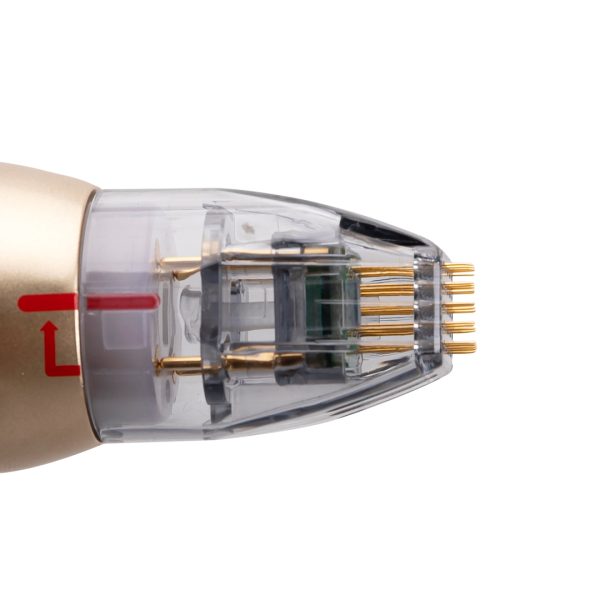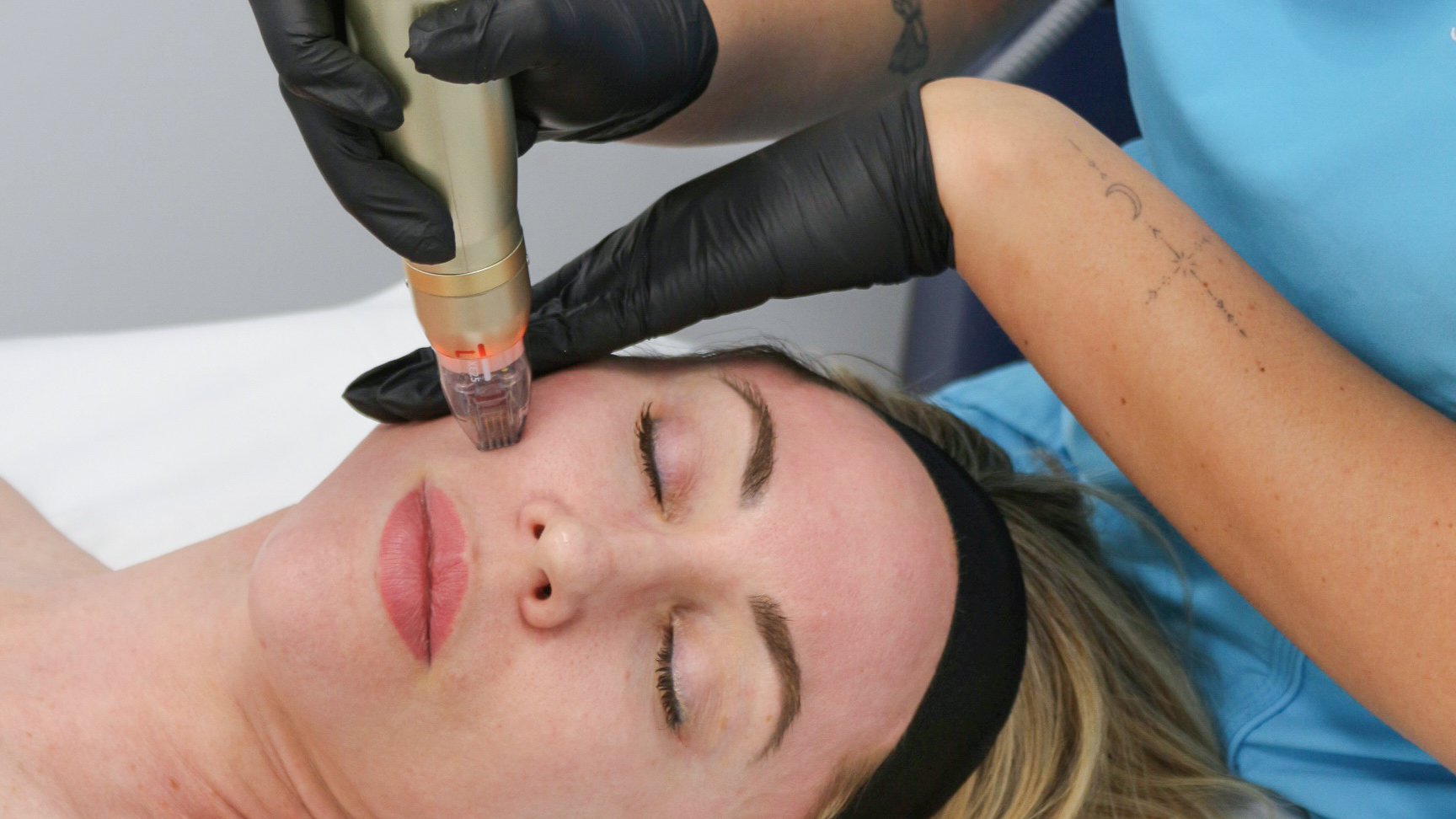Acne is a common issue we see in most teenagers, as this is the time when puberty starts, our hormones spike and the dreaded breakouts begin. It’s a common thought that acne is supposed to disappear after puberty and in an ideal world, this would be the case. However, acne-related breakouts can still happen throughout adulthood and one of the most common causes is hormonal acne. Hormonal acne is most commonly present on the face, back, chest, and shoulders, and often presents as red and inflamed clusters of pimples.
Before starting her skin journey, for years Katelyn’s skin was her biggest insecurity. Everyday she would run to the mirror after waking up to see how bad her skin was and then spend so much time trying to cover it up.
“When my skin was at its worst, I decided to make a change and began my skin journey with Australian Skin Clinics. Not only did I notice a change in myself, but other did as well. I was becoming a completely different person both mentally and physically, and it was all thanks to Australian Skin Clinics.”
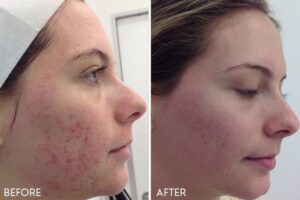
So, what is hormonal acne and how is it caused?
Hormonal acne is often seen as inflamed, red breakouts that are caused by hormonal fluctuations or hormonal imbalances. Typically, it is associated with your body producing more androgen (testosterone) hormones then it needs. In other instances, it can be caused by an imbalance in oestrogen and progesterone. If progesterone is too high in the oestrogen/progesterone ratio, it can provoke an acne breakout. Even the smallest increase in one hormone can have a noticeable effect on your body. So, there’s no surprise that hormonal acne often appears during puberty, around the time of a menstrual cycle, throughout pregnancy, menopause, or could also be due to an increase in stress levels when your sebaceous glands start creating more oil, known as sebum.
Can you treat hormonal acne?
The good news is yes, hormonal acne can be treated in many ways, including non-prescriptive measures such as cosmeceutical skin care and professional treatments.
Here are our top 4 recommendations:
LED – To treat the p-acne bacteria within the skin, we recommend starting with a blue-light LED therapy which can help to control and reduce the production of sebaceous activity. You can alternate this treatment weekly with the red-light LED therapy, for ultimate skin healing and rejuvenation.
Medi-Aesthetic Treatments – To target the textural issues that come with acne, such as lumps and bumps, open pores and excessive oil, our Medi-Aesthetic Peels are a great option for enhanced results. The specialised ingredients within the peel treatment can help target the build-up of dead skin cells which can cause blockages within the follicles, often leading to breakouts. By removing the blockages, the skin is able to renew itself and can improve the texture and tone of your skin along with helping to prevent new breakouts. Another option is our microdermabrasion treatment if there are no active pustules present. This treatment uses a gentle vacuum suction to exfoliate the outermost layer of skin leaving it clean, bright, and purified whilst also safely removing blackheads and congestion.
Skincare Products – The use of professional cosmeceutical skincare is a must when treating acne conditions! We recommend using products that help to improve the skin through all stages of acne, while maintaining skin integrity. Using harsh products, over-cleansing and excessive exfoliation may exacerbate your acne or cause other inflammatory skin conditions. At Australian Skin Clinics we use the skin care brand ‘Balense’ which includes a highly active and results-driven range of products for oily and acne-prone skin. Here is a list of the best Balense products for acne:
- Hydrating Gentle Cleanser
- Jojoba Exfoliating Cleanser
- Blemish Control Serum Concentrate
- Niacinamide Serum Concentrate
- Retinol Renewal Serum Concentrate
- Antioxidant Lift FX Serum Concentrate
- Dry Skin Moisturiser or Oily Skin Moisturiser (depending on acne type)
Your Diet – To avoid regular breakouts from reoccurring we recommend removing sugary food from your everyday diet as much as possible. Excessive consumption of refined sugar and processed carbohydrates increases the production of insulin-like growth factor-1 (IGF-1). This spike has a knock-on effect which leads to an increase in sebum production which greatens your chance of acne forming.
Water Intake – Alongside your diet, drinking plenty of filtered water throughout the day will keep your skin hydrated. Aim for two litres of water per day- however, you may need to increase this water intake if you’re highly active or have a job that requires physical effort.
Can you wear makeup if you have acne?
Yes, of course! Although opt for makeup that does not contain comedogenic ingredients. These nasty ingredients will generally cause more comedones (blackheads) to form. Instead, try using mineral makeup which is perfect for acne-prone or inflamed skin. A true mineral makeup (includes Mica) does not contain any nasty ingredients and is also anti-inflammatory. Our hot tip is to clean your makeup brushes on a weekly basis! You may not know it, but bacteria are there and growing! This will avoid transferring any bacteria onto your skin.
What are some self-help strategies to minimise acne at home?
Have you heard of the butterfly effect? Small changes lead to big progress. By making simple adjustments in your daily routine this can influence great improvements in your overall heath. Here are some valuable self-help strategies for minimising acne breakouts:
- Avoid excessively washing and scrubbing your skin. This can worsen acne as it may remove the important natural occurring oils from your skin and lead to irritation.
- Cleanse your skin correctly. Remember to remove any makeup at the end of every day. To do this, use a clean microfibre face cloth with cleanser and gently remove.
- Wash your pillowcase every 3-4 days. This will reduce the amount of bacteria present.
- Avoid picking your pimples. Irritating acne will increase your chances of scarring and can also spread infection further.
- Increase your intake of foods containing zinc which helps with inflammation and healing. Try foods such as:
- Pumpkin seeds
- Sunflower seeds
- Mushrooms
- Baby spinach
- Chard
- Broccoli
- Practice healthy thoughts. Set goals to alleviate any stress and negativity. Find peace in your life and create a healthy environment where you live.
We 100% understand that hormonal acne can be uncomfortable, but it can be treated and reduced with the right cosmeceutical ingredients, professional treatments, and a few lifestyle changes. If you’re ready to start your journey to clearer skin, reach out to your local Australian Skin Clinics and book a free consultation. Our experienced dermal technicians will work with you to find a personalised solution.



